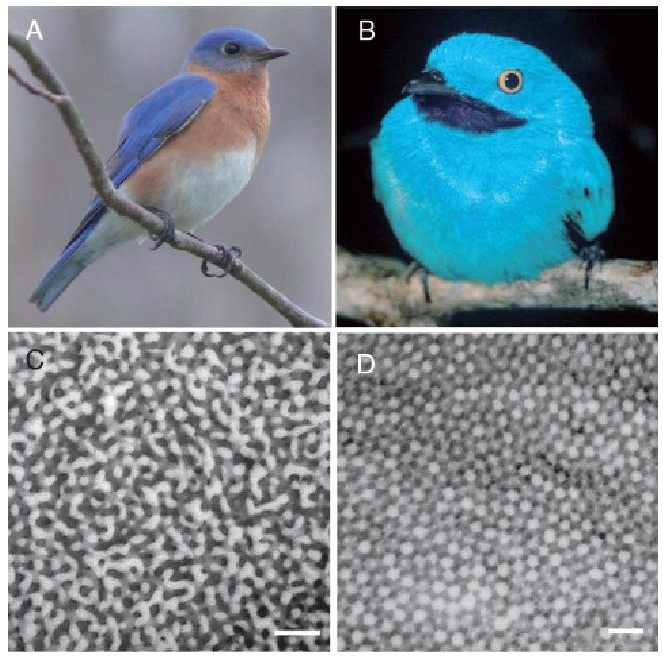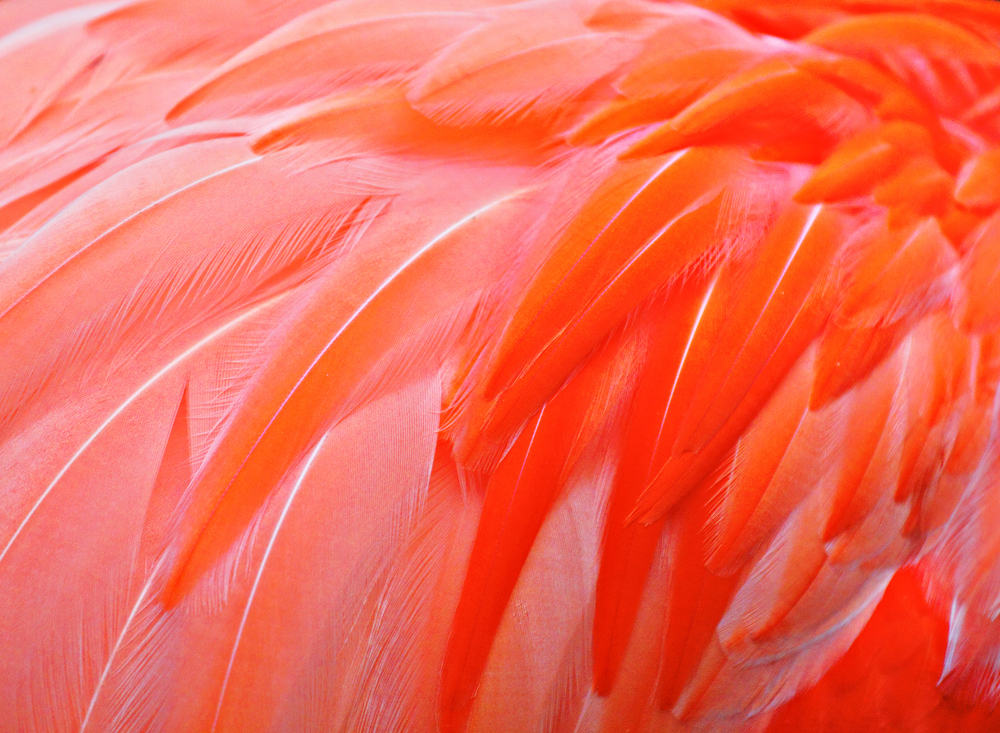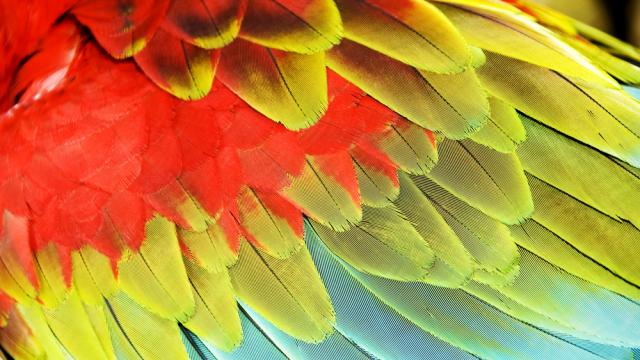Have you ever wondered how a fossil hailing from 40 million years ago still maintains its original colour, while dyed garments fade in years? The answer lies in the molecular structure of these natural colours — and new research is showing how they could breed a new generation of artificial ones.
The concept is called structural colour, and it’s being studied by a coalition of Yale ornithologists, mechanical engineers, and physicists led by Guggenheim Fellow and scientist Hui Cao. Cao is interested in figuring out how the brilliant colours found in nature can be applied to artificial hues, by studying the structural composition of 40-million-year-old beetle shells and feathers.

With her Biophotonics research team, Cao has successfully imaged the structures that make up a bird’s feather at a nano level. Turns out, the brilliant, fade-proof hues come thanks to layers of melanin pigment beneath nanostructures assembled on the barbs of each feather, like a dense layer cake of keratin and colour, ridden with tiny air pockets that manipulate the scattering of light in such a way that they produce optically brilliant shades. “A blue jay’s blue, for instance, comes from nanostructures with melanin underneath,” explains a Yale release. “Birds with brilliant white feathers have no such melanin.”
In other words, the pigments are actually part of each cell’s structural makeup. This is what makes structural colour inherently different than dyes or paints, which saturate the existing nanostructures of another material. According to Cao’s website, some types of brilliant white mineral paints are already taking advantage of the examples found in nature, but there’s tons of untapped potential when it comes to other colours.

Cao’s research could eventually produce artificial pigments that never fade — and even more importantly, are environmentally harmless. Down the road, that could mean non-toxic car paint, completely biodegradable industrial dyes, and safer cosmetics.
For now, she and her team are focused on building a laser that mimics the biological structures of colours found in nature, which sounds pretty damn cool too. But it’s exciting to know that scientists aren’t far from completing changing how artificial colours are made — and how they last. [Yale via Physorg]
